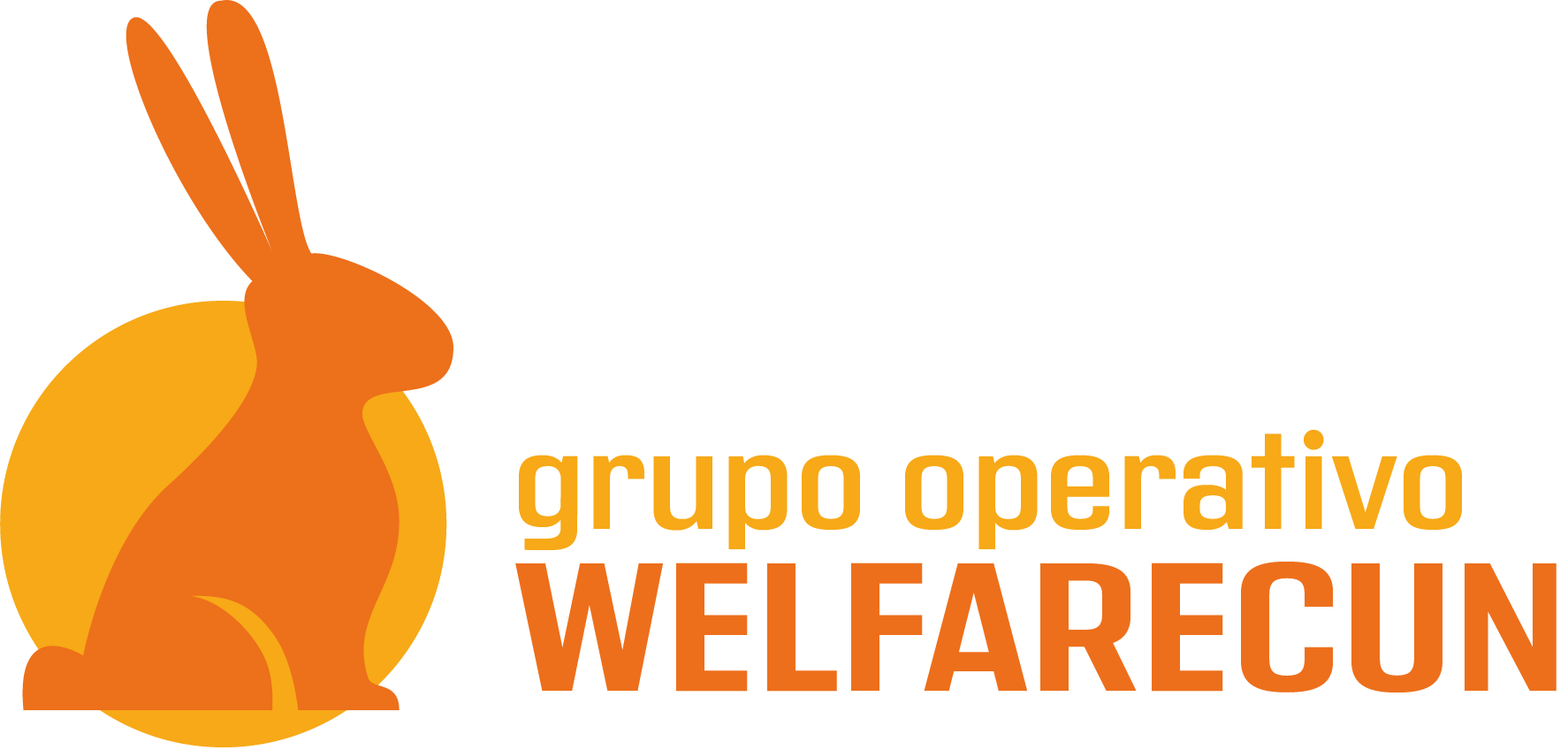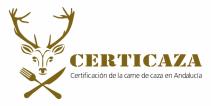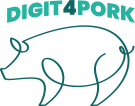
WELFARECUN Operational Group: New processes for fattening, transporting, and slaughtering rabbits to improve animal welfare.
- Type Operational group
- Status In progress
- Execution 2023 -2026
- Assigned Budget 598.909,00 €
- Scope Supraautonómico
- Autonomous community Castilla y León; Galicia; Madrid, Comunidad de
- Main source of financing CAP 2023-2027
- Project website GO WELFARECUN
To determine the optimal housing density that preserves the welfare of farm rabbits while maintaining the economic viability of the activity; to determine the best type of flooring to ensure hygiene, health, and animal welfare throughout the rabbit fattening stage; to evaluate, design, and develop different environmental enrichment methods for rabbit fattening houses to improve animal welfare and maintain rabbit hygiene; to compare the welfare level of fattening rabbits in two types of housing (conventional or enriched) to understand the advantages and disadvantages of each; to determine the optimal environmental and spatial conditions for transporting rabbits under commercial conditions (socially, environmentally, and economically sustainable); to develop and implement a gas-mixed stunning system that improves rabbit welfare and management in the slaughterhouse.
- 1. Analysis of needs and requirements to improve rabbit production throughout the entire supply chain. The project will be planned by studying the needs and requirements of the sector, and the activities carried out will be coordinated.
- 2. Improving animal welfare through the design of new, viable and innovative collective fattening housing. This will be achieved through studies of soil types, densities, and environmental enrichment.
- 3. Improving welfare during transport from farms to slaughterhouses. Animal welfare will be studied under transport conditions, taking into account the density, posture, and behavior of the young rabbits.
- 4. Improving peri-mortem animal welfare through the implementation of a new gas-mixed stunning system in the slaughterhouse. The gas-mixed stunning system will be fine-tuned and evaluated for its impact on animal welfare and meat quality.
Although to date there is no European regulation regarding welfare in rabbit farming, the non-legislative resolution of the European Parliament in 2017 on minimum standards for the protection of farmed rabbits (2016/2077(INI)) invites the Commission and the Member States to present legislative proposals in the near future to define minimum standards for the protection of rabbits on farms.
In this regard, the Spanish rabbit sector believes it is important to generate knowledge that will support this legislative proposal with scientific results.
On the other hand, in the case of transport, Council Regulation (EC) No. 1/2005 of 22 December 2004 and its amendments were drafted based on the problems of northern European countries. There is little information on transport problems in Mediterranean countries. Therefore, in order to address future regulations for rabbits, data must be obtained from research.
There are various regulations regarding animal protection and welfare in animal slaughter, but gas stunning in rabbits is not considered. Therefore, to enable its authorization, studies must be conducted that take into account the EFSA requirements for including this system among those authorized by European Regulation 1099/2009.
The objective is to increase the sustainability of the rabbit sector's value chain by implementing new fattening, transport, and slaughter processes to improve animal welfare. The project represents an opportunity to implement structural changes and management protocols throughout the entire production chain, based on scientifically and technically sound studies that demonstrate and guarantee the technical, economic, and social viability of the investments required by the sector.
- Coordinator/entity name: INTERCUN (INTERCUN INTERPROFESSIONAL ORGANIZATION TO PROMOTE THE RABBIT SECTOR)
- Postal address: AGUSTIN DE BETHANCOURT, 17-6TH FLOOR, 28003, MADRID
- Coordinator/entity email: gerencia@intercun.org
- Telephone: 641774788
The project's goal of increasing the sustainability of the rabbit value chain is in line with AEI-Agri's objectives:
- 1) Promote an economically viable, productive and competitive livestock sector.
- 2) Bridging the gap between scientific research and the needs of the livestock sectors by creating links between cutting-edge knowledge and technologies and livestock farmers and processing companies.
- 3) Create added value through a closer relationship between research and livestock practices and by encouraging greater use of available knowledge.
- 4) Promote faster and more widespread practical application of innovative solutions for the rabbit farming sector.
It is also framed in 3 FEADER focal areas:
- Focal Area 1B (Priority 1) by strengthening the ties between agriculture, food production, and forestry, on the one hand, and research and innovation, on the other. The joint collaboration of leading companies and research centers with extensive experience in the sector will lead to innovative solutions that can be implemented throughout the national rabbit sector.
- In focal area 2A (Priority 2), the aim is to improve the economic performance of all stages of the production chain and facilitate the restructuring and modernization of farms. The search for new designs for collective fattening housing, new transport containers, and new stunning technologies with the aim of improving animal welfare will allow rabbit farmers and slaughterhouses to make changes that result in a product more in line with consumer and government demands.
- In focal area 3A (Priority 3), by improving the competitiveness of primary producers by better integrating them into the agri-food chain and collaborating with the processing and transport sectors to create greater value throughout the chain. The creation of new collective fattening housing with improved animal welfare would improve the situation of producers in the agri-food chain, and improvements in welfare during transport and new stunning systems will increase meat quality by reducing peri-mortem stress, improving the competitiveness of primary producers in the agri-food chain.
- INTERCUN
- INTERCUN
- GRUPO HERMI
- CONEJOS GALLEGOS COGAL S COOP
- GOMEZ Y CRESPO S. A.
- IMASDE AGROALIMENTARIA S.L.







